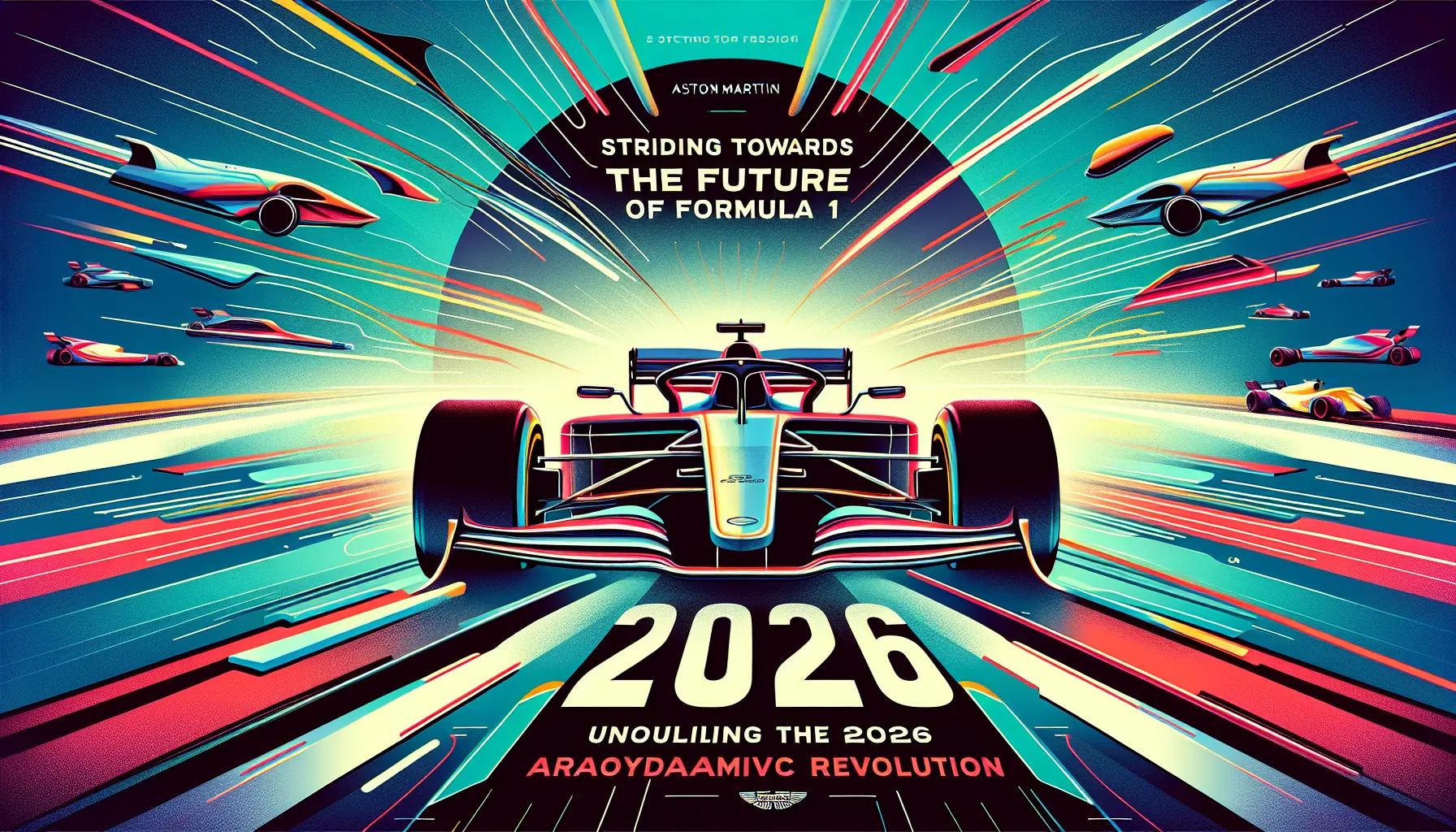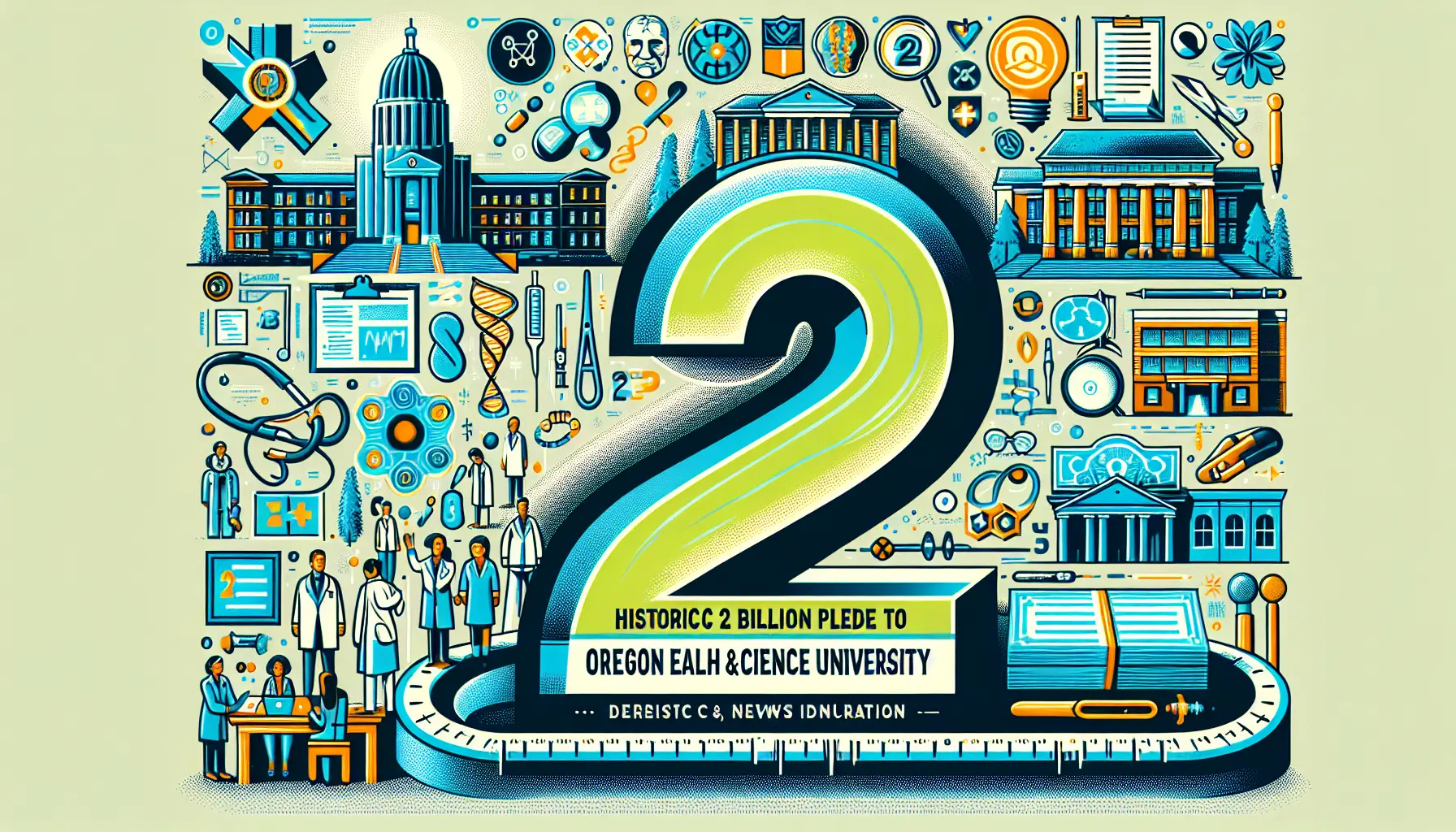Formula 1 thrives on excitement and unpredictability, setting the stage for intense competition and strategic maneuvers. The start of a new season is always filled with challenges and opportunities, where even the slightest misstep can have significant repercussions.
When the Haas F1 team encountered unforeseen hurdles during practice sessions in Australia, their hopes for a successful season were quickly put to the test. Led by team principal Ayao Komatsu, the team faced a series of setbacks with their VF-25 chassis, particularly struggling with high-speed instability at Albert Park’s challenging Turns 9 and 10. What initially appeared as a minor issue soon escalated into a comprehensive review of their car’s development strategy, compounded by the complexities of aero testing in wind tunnels.
Determined to find solutions, Komatsu and his team delved into the intricacies of their car’s evolution, searching for clues and potential remedies. The pressure to adapt and perform under mounting challenges became their immediate focus as they braced for the upcoming race day.
As the team navigated through uncharted territory, they were faced with the need to innovate rapidly and make crucial decisions based on informed intuition. The journey from uncertainty to resurgence would shape their season in ways they had not anticipated.


Navigating Challenges: Haas’ Early 2025 Season Struggles
At the onset of the 2025 Formula 1 season, Haas faced a critical juncture as their VF-25 chassis failed to deliver the expected performance levels. Anxiety loomed as drivers grappled with instability issues at the demanding Turns 9 and 10 in Albert Park, highlighting the urgency for a swift resolution. The team’s meticulous review of their car’s design history revealed overlooked aspects that necessitated immediate attention.
Embracing a pragmatic approach, Haas acknowledged the need for swift action in the face of adversity. While their competitors had navigated similar challenges successfully, Haas found themselves in uncharted territory, requiring quick and decisive measures to rectify the instability plaguing their car.
Transitioning from a position of vulnerability to one of strategic advantage required a shift in mindset and approach. Haas understood that problem-solving in the fast-paced world of Formula 1 often demanded a blend of intuition and data-driven decision-making, a delicate balance they were keen on mastering.
Innovative Solutions: Haas’ Real-Time Problem-Solving Approach
Challenged by the limitations of conventional methodologies, Haas embraced a bold new strategy. Recognizing the significance of metric management, the team recalibrated their measurement techniques, leveraging insights from past developmental phases to address the pressing instability issues.
Haas’s resilience was underpinned by their ability to pivot swiftly and make educated decisions based on a blend of historical data and present-day challenges. The team’s proactive stance in identifying and rectifying issues in real-time set the stage for a transformative journey towards performance excellence.
By combining past learnings with present observations, Haas honed their ability to adapt and evolve, showcasing a unique approach to problem-solving that relied on a mix of intuition and informed decision-making.
Revitalization and Progress: Haas’ Journey to Redemption
Following their disappointing performance in Australia, Haas embarked on a path of redemption with a series of strategic updates ahead of the Suzuka Race in Japan. Despite the lack of extensive wind tunnel testing, the team’s modifications were grounded in insightful intuition, setting the stage for a remarkable comeback.
Driver Oliver Bearman’s commendable finish at the Suzuka Grand Prix underscored the positive impact of Haas’ strategic adjustments, signaling a resurgence in their competitive spirit. The team’s ability to navigate high-speed corners and deliver a compelling performance highlighted their newfound confidence and momentum.
Haas’ journey from adversity to triumph was marked by a blend of perseverance, innovation, and a keen understanding of their vehicle dynamics. The team’s willingness to embrace challenges head-on and leverage critical insights propelled them towards a future brimming with possibilities.
Future Ready: Haas’ Strategic Advancements for Continued Success
Building on the success of their initial modifications, Haas set their sights on enhancing their vehicle for upcoming races. The strategic lessons learned from their transformative journey were instrumental in shaping a more resilient and adaptable car capable of conquering diverse race circuits.
By integrating data analytics and refining their aerodynamic considerations, Haas positioned themselves as a formidable force in the competitive Formula 1 landscape. Their ability to balance theoretical predictions with practical applications and adapt to unforeseen challenges underscored their commitment to continuous improvement and excellence.
As Haas continued to evolve and embrace a culture of innovation and collaboration, their journey from adversity to triumph served as a testament to their unwavering determination and resilience in the face of formidable competition.
The post Unveiling Haas F1’s Resilience: An Inside Look at Their 2025 Racing Transformation appeared first on FormulaNerds.















